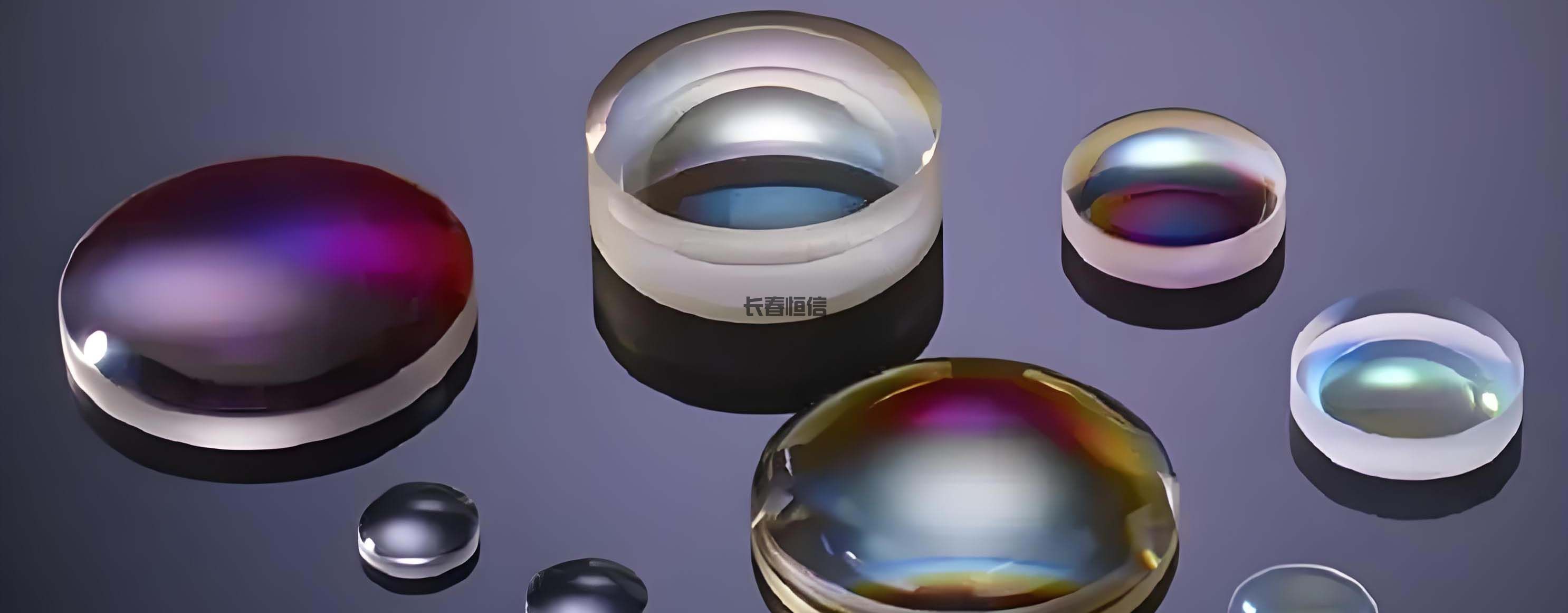What is Achromatic lenses?
Release Time : 2024-07-02 View Count : 次Achromats consist of two or more lenses, which must be fixed in relation to one another by either mounting or cement. They are a very common type of viewer lens. Achromats consist of two or three lens elements (referred to as doublets and triplets, respectively), which have been corrected for chromatic aberration with respect to two selected wavelengths. These devices are often referred to as achromatic lenses. Achromats are designed to specifically function within the infrared, visible, or ultra-violet wavelength ranges, optimized for three wavelengths, 486.1, 587.6 and 656.3nm. Achromats are not symmetric devices. They must be installed with the correct font-to-back orientation (thicker element usually faces the eyes). If installed incorrectly, with the lens orientation installed backwards the result will be extensive distortion and aberration.
Achromats are generally manufactured from crown glass and flint glass; although other materials such as fused silica and BK7 positive glass may be used. The crown and flint glass elements are housed in a metal cell and separated by a spacer. The air gap acts as a third lens element and provides a greater degree of correction than found in a cemented lens. In this way it is possible to balance the aberrations over a fairly wide range of wavelengths so that the lenses perform well as broadband imaging devices. The crown glass forms a positive lens; the flint glass, a negative perspective, with a reduction in longitudinal color foci of about 0.05 percent. Such lenses are usually designed to focus blue and red light to the same position, with all other colors focusing at either slightly longer or slightly shorter focal lengths. The discordant 0.05 percent is the longitudinal distance between where red and blue focus, resulting in a green focal point.
Some achromats are treated with an antireflective coating to reduce increase transmission of light at the lens-air interface. Often, this coating is a multi-layer of broadband dielectric material.
Typical applications for doublets, triplets and achromatic lenses include: CCD imaging lenses for the near infrared, focusing and expanding of NIR lasers and focusing and collimating lenses for fiber optics and LEDs.












